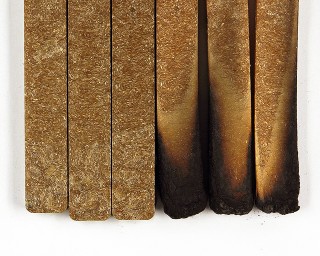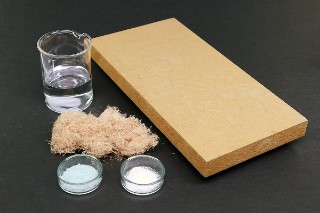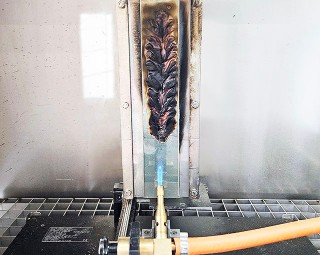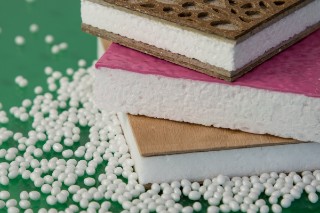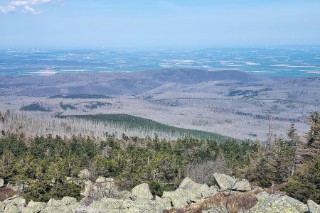Here is a small selection of our research projects.
Buildings, vehicles, electronics and Co.: In many areas, more stringent fire-protection requirements apply. Sustainable biomaterials can fulfill these requirements with, among other things, the help of flame retardants. These are currently predominantly produced from petroleum-based, mineral and other finite raw materials. In collaboration with the Fraunhofer IAP, we are developing and testing flame retardants using a plant-based raw material that accrues in large quantities as a by-product in industry: corn steep liquor. The phytic acid contained therein is to be made usable as a flame-retardant active substance. Using a wood-plastic composite (WPC) as an example, we are able to demonstrate the application potential and flame-retardant properties. The aim is the development of an economical production process for the flame retardant on a technical scale. The project provides a contribution towards improving the competitiveness of bio-based flame retardants and increasing the utilization of biomaterials. As a result, we are supporting the development of a bio-based circular economy using locally available waste materials (bioeconomy).
more info Fraunhofer Institute for Wood Research
Fraunhofer Institute for Wood Research 